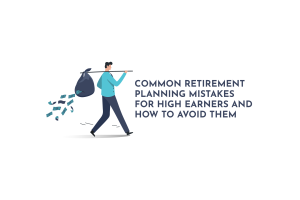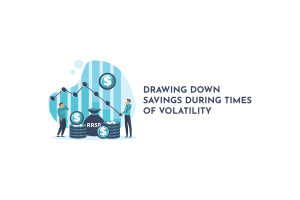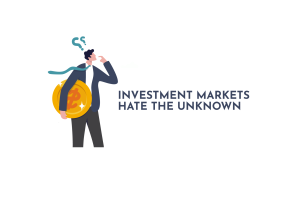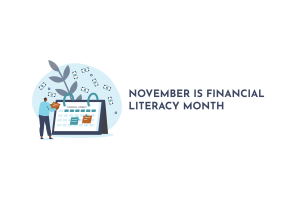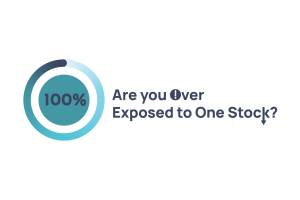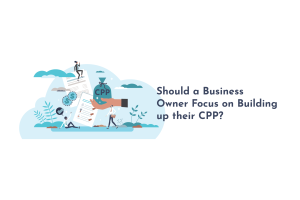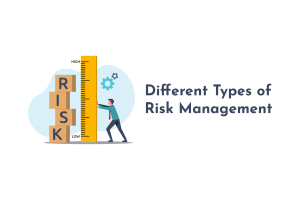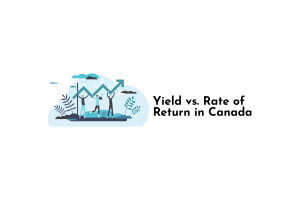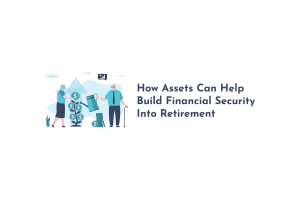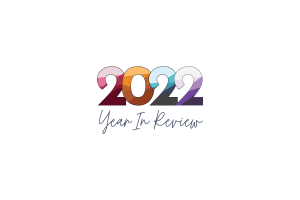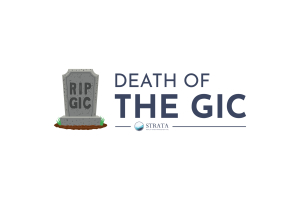It would be really rare to find someone today who wasn’t told that they shouldn’t ‘keep all of their eggs in one basket”. This seems to be advice that everyone was given when it came to investing and was meant as a method of preaching diversification. The idea was that if you had all your investments in one thing, and that thing went south, the potential effect on you was magnified. This has led many people to the idea that they shouldn’t have a single financial advisor that oversees all of their investments. Isn’t that the ‘one basket’ they’ve been warned about since they were young? The short answer to this question is no. This isn’t the way you should approach investment advisors. In fact, having a single advisor oversee your investment portfolio can provide you with a clearer picture of where you stand as well as an overall more efficient investment plan going forward. The idea of spreading money out with different advisors at different institutions lulls many investors into feeling like they have done their best to diversify themselves without actually taking the time to look at what they own. In most cases, investors would be better served by having a single person review their plan and look for opportunities to make investment plans more efficient. Let’s look at areas where you may be better off consolidating your assets to a single advisor.
This This Article:
- Asset Allocation
- Di-WORSIFY-ing your investments
- Full Analysis of Your Portfolio
- Other Ways a Single Advisor is More Efficient
- A Final Note
Asset Allocation
Most investors truly underestimate the value that asset allocation holds in their overall portfolio. Asset allocation is a strategy that aims to balance the amount of risk in your portfolio with the potential rewards to match the goals of the investor. This is done by investing in different classes of securities, such as stocks, bonds, real estate, etc. The idea is that by investing in different asset classes that perform differently during the economic cycle, you can minimize the volatility in your portfolio and maximize long-term returns. This is referred to as a correlation between investments; this is the idea that different asset classes may or may not move in lockstep with one another. By making sure that you are invested in a strategic mix where there is less correlation between your investments, you have historically been able to achieve better long-term returns.
If you have multiple investment advisors monitoring small portions of your total portfolio, how do you ever understand what your asset allocation truly is? You need to have a full picture of where all of your money sits before you can understand how it works together. This becomes particularly important when you are investing in mutual funds. This is because most investors don’t dig down into what individual investments are held in each of their mutual funds. They feel like they have achieved diversification and asset allocation based on the fact that they have invested in different mutual funds (we’ll dig into this a bit further in this post).

Di-WORSIFY-ing your investments
As mentioned right from the start, as an investor, you need to understand that diversifying your investment portfolio is essential as a tool to mitigate risk. But we all know that there’s too much of a good thing sometimes as well. Crazily, an article I was reading mentioned ice cream as an example of something that was only good in moderation. C’mon man! Ice cream? I have yet to personally experience the point where the next scoop of ice cream isn’t just as good as the previous one. Maybe Brussels sprouts would make a better analogy? End of nonsequitur aside, now back to the idea that you could over-diversify your portfolio. Over-diversifying your investment portfolio is a real problem, and while, yes, theoretically, every step up in diversification can reduce the risk in your plan, it can also reach a point where there are reductions in the expected returns of the portfolio. Having too many mutual funds can result in this. Again, we find an example of how managing your overall portfolio is better suited to having a single person overseeing everything. It avoids accidentally over-diversifying things for you.
Full Analysis of Your Portfolio
If I gave you the chance, do you feel like you could guess what the top holding in the CIBC Canadian Equity Fund is? How about the BMO Canadian Equity Fund? Both are mutual funds managed by two of Canada’s big banks. The reason I ask if you could guess what the top holding is is because investors expect that if they deposit money with different institutions, they will diversify their investment plans. Here’s the thing: the answer to the top holding question for both of these mutual funds is RBC shares. I do find some humour in this answer. CIBC and BMO funds both own RBC as their number one holding. Aside from the smile that this creates for me, an analysis of these two funds shows that the top ten holdings in these two mutual funds have six common companies. What this means is that as an investor, if you deposit half of your assets into each fund, feeling like that gives you diversification, this simply isn’t the case. There is a small amount of diversification happening, but overall, this is outweighed by the false sense of security you get from thinking that there is more diversity than there actually is. This story will repeat itself over and over. You will see the same top holdings in many different Canadian Equity mutual funds; the top sectors in most general Canadian Equity funds will be financial companies and energy/resource companies. These companies dominate the Canadian economy, and this is reflected in the holdings of most Canadian Equity mutual funds.
The advantage of a single investment advisor is that they should run an analysis of what each of your mutual funds is invested in. This analysis allows you to understand the whole picture so you truly understand how diversified your investments are and what your asset allocation actually is.

Other Ways a Single Advisor is More Efficient
There are other things that working with a single advisor can do which will make your life easier.
- Consolidated Statements and Reports – Instead of receiving statements from multiple institutions and fund companies, your life can be made much easier by having everything consolidated in one place and only receiving one statement. This makes understanding where you are easier because all of your information is reported to you in one statement.
- Easier Administration – When a change is required with one advisor, you only need to contact that person. Think about something simple, like changing your address as an example. If you have accounts spread over many institutions, you need to contact each of them individually to change an address if you move. Alternatively, if you have one advisor managing your whole portfolio, this is looked after by contacting one office. It’s far easier for you, and it’s less likely that something gets missed.
- Simplified Retirement Income – If you are at the point in your life where you are drawing income from a RRIF, having all of your assets managed in one account makes your life much easier. T4 Slips, RRIF minimums, and simply planning for maximum tax efficiency are all easier when you have all of your money managed by one advisor.
- Estate Planning – Having a single advisor who can see your entire picture, understand your goals and work with you to determine tax consequences for your estate and how to best handle this will improve the efficiency that you are able to pass wealth to the next generation. It will also make life for your beneficiaries much easier if they have to only contact one place when you pass away rather than deal with different institutions where, trust me, they will all have different processes to follow.
- Save you Money – Many fund companies have pricing ‘bands’ where the more money that you invest with them, the lower the fees that they charge are. By having a single advisor managing your investments, they may be able to find companies that offer you better pricing than what you are paying with money spread around at many different places.
- Tax Efficiency – We spend a lot of time focused on RRSPs, RRIFs and TFSAs in Canada, but you should remember that there are non-registered investment options available to you as well. These plans do generate taxable income each year as they grow, but there are ways that an advisor can help you maximize tax efficiency in these accounts. Having one advisor can allow for strategies around when to capture capital gains, when to harvest capital losses and how to minimize the taxes you pay on a non-registered investment plan.
A Final Note: Consolidating your Assets
Mutual funds are one of the dominant forms of investment products in Canada today. Have you thought about their history? Did you know that in response to a financial crisis in 1772 and 1773, an Amsterdam-based businessman created Eendragt Maakt Magt, which means ‘Unity Creates Strength’ with the goal of creating a trust where small investors were given the opportunity to diversify their investments? This is where mutual funds started. From their inception, the idea behind these investment tools has been to allow an investor who couldn’t afford to properly diversify their own portfolio to pool their money with other smaller investors, buying shares in a larger, properly diversified portfolio that they would never have been able to get on their own. If this is the idea behind mutual funds, then why do people think that they need to be invested in different funds at different institutions? In reality, as long as you match your asset allocation to your risk tolerance, you could hold a single mutual fund and still be diversified properly. Don’t overcomplicate your life. I don’t have one mechanic that works on the front half of my car and a second that works on the back half. The same should be true for your investment plan. Have one advisor who knows you, knows what your goals are and helps you strategize on how to get there.





